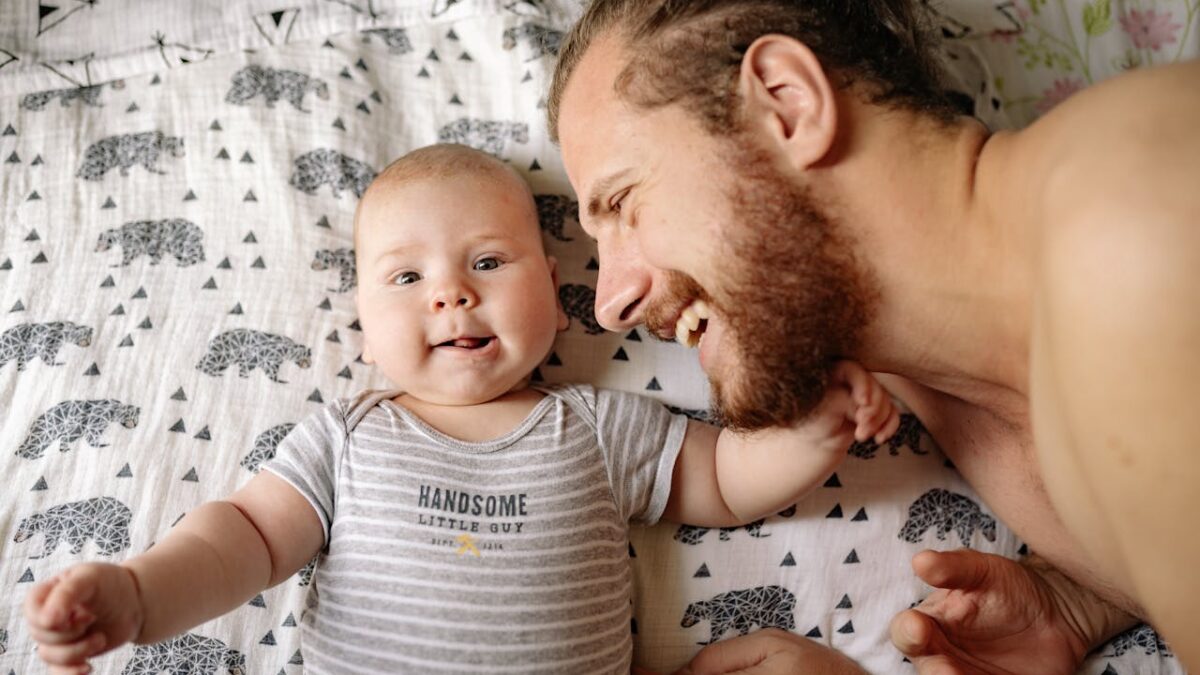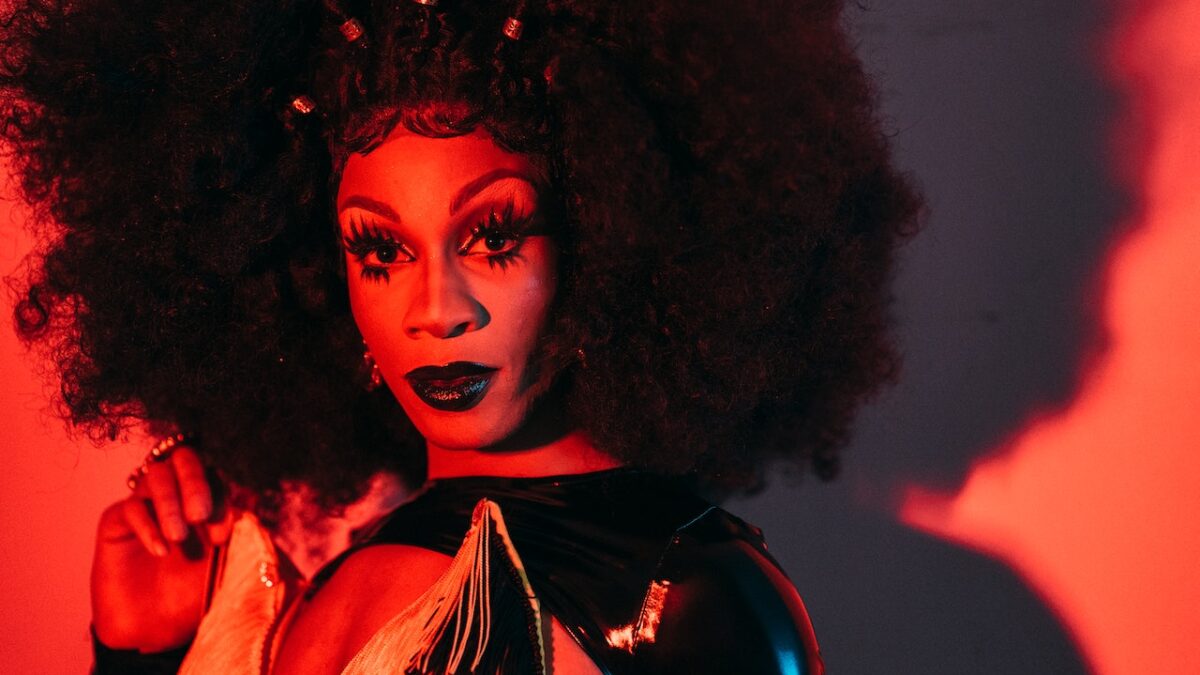Immediately following the birth of her second child, Kate Middleton stepped out to show off her daughter Charlotte to the world. Just hours after labor, Kate appeared on the steps of the hospital alongside her husband Prince William beautifully coiffed. Her hair looked great, her makeup was perfect, she looked radiant in a white dress.
Women everywhere, especially those who have been through childbirth, were amazed. Childbirth, no matter how straightforward, isn’t easy, yet Kate was, outwardly at least, no worse for the wear.
I recently had a birth much like Kate’s: her daughter was born in two hours, my son was born in one and a half. Her daughter was born after she had a full night of sleep, as was my son. She had a natural birth led by midwives in a hospital; I did, as well.
Given her team of stylists, I’m not surprised she was able to pull it off. Given the same resources, I believe I could have done the same. What amazes me, although it shouldn’t, is the catty reaction of the world press to her feat. It has included lamentations that Kate buckled to pressure from Kensington Palace, that she was forced onto the steps by her husband and his family, who first sent a team to glam up the princess before she stepped out. These pronouncements have been made by so-called feminists, who are, in reality, anything but.
To Be a Feminist, Stop Being Feminine
These so-called feminists have an idea in their collective mind about what it takes to be a member of their tribe. Collectively, they have determined that much of what people consider feminism is actually the denial of everything feminine. Women are supposed to be equal, no different from men. We are told to demand equal pay for equal work, although most women of childbearing age actually prefer flexibility to equality.
This is what makes Kate, who is not technically a princess but is one for all intents and purposes, so offensive. Kate refuses to deny that all that is feminine, even at her most physically demanding moments. She is a princess, and she unapologetically looked like one the day she gave birth, which is in itself the most feminine thing a woman can do.
Don’t Be Excited About Your Baby, Kate
The least feminist aspect of this reaction from feminist camps is denying Kate’s agency as an adult woman capable of making her own decisions. Feminists explain Kate’s appearance by attributing it to the palace, claiming they must have put her up to it.
In the days leading up to the birth, Kate, to the palace’s chagrin, sent goodies to the “super-fans” camped outside the hospital. Kate doesn’t treat them with disdain as many older royals do, but with good, old-fashioned middle-class kindness. Given the world’s—and her own—excitement, wouldn’t it be possible that Kate wanted to show off her little girl to these fans and the wider world? Given the choice between looking good and looking frumpy, how many women would choose the latter before her photo was immediately projected across the globe?
The fact that feminists don’t understand Kate’s excitement and normal level of womanly vanity speaks volumes. The media’s so-called feminists deny Kate’s decision-making ability, though, notably, only when those decisions conflict with their notion of feminism. Wouldn’t it be nice if feminism was about supporting women, regardless of how they choose to express their femininity?









